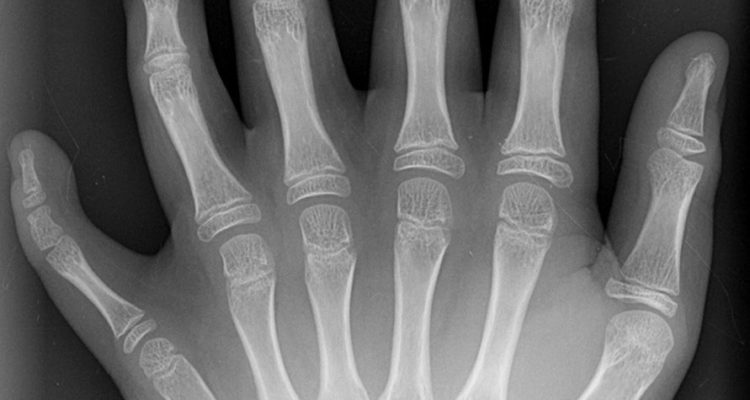I visited a church recently that was promoting a women’s conference. There were posters hanging in the lobby, where there was also a special table where you could register for the conference. They had put was a flyer in the welcome package with the details about when and where it was and price details. There was a video during the announcements and the conference was not only mentioned by the guy doing the announcements, but also by the speaker.
Yet they failed to make me want to book into the conference, despite the fact that the whole thing was aimed at women my age. You want to know why? Despite all their efforts, they never communicated the ‘what’.
In any event communication, there are a few things you need to include to make sure your message comes across. The first one of these is the ‘what’.
This church had communicated the name of the conference and the fact that it was for women, but other than that, I had no idea what it was about. Would there be singing? Workshops? Crafts? Would we just listen to speakers and if so, which speakers? What was the goal of the conference? After reading a flyer, seeing the posters, watching a video and hearing two announcements, I still didn’t have a clue.
So let’s discuss the 6 crucial elements of event communication:
- What
What is the event? What will you do, what can people expect, what is the goal? State this explicitly, even when it’s an event that’s been done often.
This is a mistake many youth ministries make. Youth leaders assume that everyone knows what the event is about, since it’s been a tradition for the last ten years or so. You know how this makes new students feel? Confused and left out.
New people who haven’t been there before should be clear about what will happen. Describe the event in an attractive way to them, while managing expectations. And don’t forget to use words that new Christians or non-Christians will understand, if you’re hoping to draw non-churched teens as well.
Tip: Ask someone who doesn’t know the event to look at your flyer or brochure and ask them to tell you what they think the events entails.
- When
It’s a beginner’s mistake and yet it still happens way too often. Always, always triple check if the ‘when’ of the event is on the invitation, meaning the date and the time. And just for clarity’s sake, throw in the year as well, in case someone comes across an old flyer somewhere. Don’t forget to include an end time as well, so parents (hopefully) remember to pick up their kids on time.
Tip: I’ve found it helpful to include the day as well, so instead of writing ’14 November’, use ‘Monday 14 November’. This communicates extra clearly when the event is exactly.
- Where
It’s another one that’s easily forgotten, especially when churches have their own building and everything takes place there. That’s all very nice, but don’t you want new people to know where it is? Include the name of your church or building, the street and town, and if necessary the room the event is in.
Tip: A lot of people use navigation to find places, so including a zip code or GPS coordinates may be helpful if you’re expecting many guests who are new. If your building is difficult to find, you may even want to include some extra descriptions so guests can find it with ease.
- Who
Make sure the targeted group is clear; whom is the event for? ‘Teens’ can basically mean anyone between 12 and 20, so when you mean ‘middle schoolers’, be clear about that. Just this week, I came across a flyer for an event where the targeted age group wasn’t mentioned. I had to call to make sure it was indeed aimed at high schoolers.
Tip: Decide if you want to target age (e.g. 12-16 year old) or certain groups (high schoolers) to prevent the ‘wrong’ people from showing up. We made this mistake once when we stated an age on a flyer for our 16+ youth group and some 16-year olds from the teen group showed up. We should have made it clear the event was for the youth group.
- Why
Whenever possible, try to include why people should come to your event. What’s the purpose of the event? What’s in it for the students? What will they miss out on if they don’t come? This can make a difference for teens that are still on the fence about coming or in attracting new students to your event. This may not always be possible on a flyer due to space limits, but you can include it in an announcement or description on your website or social media.
Tip: If the ‘why’ isn’t clear, if you have trouble defining this, you may want to rethink the whole event. The why should be crystal clear to you and anyone involved in the organization.
- How
The how includes practical info on whether or not they need to sign up (and if you where and what the deadline is), what they need to bring, how much it costs (and how to pay).
Tip: Make it as easy as possible. You may be tempted to refer to a website or Facebook Page for more info, but that requires an extra step which will be a roadblock for some people. Whenever possible, just include all the info in one place to make it as easy as possible for students (and parents!) to come to the event.
These six elements should make sure you communicate everything students and their parents need to know about the event. Even then, be prepared to answer questions that already have been covered in the event communication. It’s still youth ministry after all!




